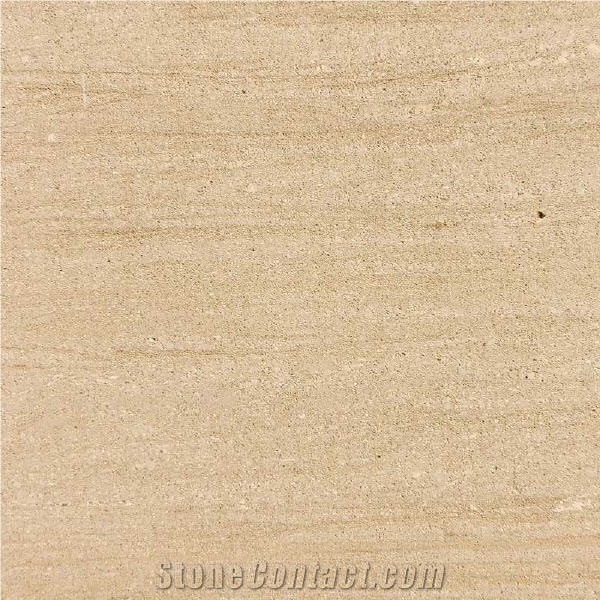Albamiel Sandstone
 Spain
(Hellín, province of Albacete, Castile-La Mancha)
Spain
(Hellín, province of Albacete, Castile-La Mancha)
Características físico-mecánicas
Peso específico aparente 1,92 g/cm3
Porosidad aparente 10,23%
Coeficiente de absorción 16,20%
Resistencia a la compresión 475 kg/cm2
Resistencia a la torsión 184 kg/cm2
Resistencia al desgaste 20 mm
Test de impacto 25 cm
Microdureza 165 kg/mm2

Can Spain's Albamiel Sandstone be used exterior applications in cold climates?

Can Spain's Albamiel Sandstone be used in heavy use areas?

What is the coefficient of friction of Water Jet Cut Spain's Albamiel Sandstone tiles?

Are there color variations of Spain's Albamiel Sandstone?

Is Spain's Albamiel Sandstone an expensive stone?

Can Spain's Albamiel Sandstone be used in a office?

What grade is Spain's Albamiel Sandstone?

Can Spain's Albamiel Sandstone be used outdoors?

How thick is Spain's Albamiel Sandstone slabs?
-

 Spain
Spain
 Verified Supplier is for prove company authenticity,including business license,trade license and effective office space,to enhance buyers' trust to suppliers and their products, reducing communication costs.
Verified Supplier is for prove company authenticity,including business license,trade license and effective office space,to enhance buyers' trust to suppliers and their products, reducing communication costs.
Contact Supplier
-

-

-

 Spain
Spain
 Verified Supplier is for prove company authenticity,including business license,trade license and effective office space,to enhance buyers' trust to suppliers and their products, reducing communication costs.
Verified Supplier is for prove company authenticity,including business license,trade license and effective office space,to enhance buyers' trust to suppliers and their products, reducing communication costs.
Contact Supplier
-

-

 Spain
Spain
 Verified Supplier is for prove company authenticity,including business license,trade license and effective office space,to enhance buyers' trust to suppliers and their products, reducing communication costs.
Verified Supplier is for prove company authenticity,including business license,trade license and effective office space,to enhance buyers' trust to suppliers and their products, reducing communication costs.
Contact Supplier
-

 Spain
Spain
 Verified Supplier is for prove company authenticity,including business license,trade license and effective office space,to enhance buyers' trust to suppliers and their products, reducing communication costs.
Verified Supplier is for prove company authenticity,including business license,trade license and effective office space,to enhance buyers' trust to suppliers and their products, reducing communication costs.
Contact Supplier
-

 Spain
Spain
 Verified Supplier is for prove company authenticity,including business license,trade license and effective office space,to enhance buyers' trust to suppliers and their products, reducing communication costs.
Verified Supplier is for prove company authenticity,including business license,trade license and effective office space,to enhance buyers' trust to suppliers and their products, reducing communication costs.
Contact Supplier
-

 Spain
Spain
 Verified Supplier is for prove company authenticity,including business license,trade license and effective office space,to enhance buyers' trust to suppliers and their products, reducing communication costs.
Verified Supplier is for prove company authenticity,including business license,trade license and effective office space,to enhance buyers' trust to suppliers and their products, reducing communication costs.
Contact Supplier
-

 Spain
Spain
 Verified Supplier is for prove company authenticity,including business license,trade license and effective office space,to enhance buyers' trust to suppliers and their products, reducing communication costs.
Verified Supplier is for prove company authenticity,including business license,trade license and effective office space,to enhance buyers' trust to suppliers and their products, reducing communication costs.
Contact Supplier
The request includes: 1. surface finished, size 2. quantity required







 France
France